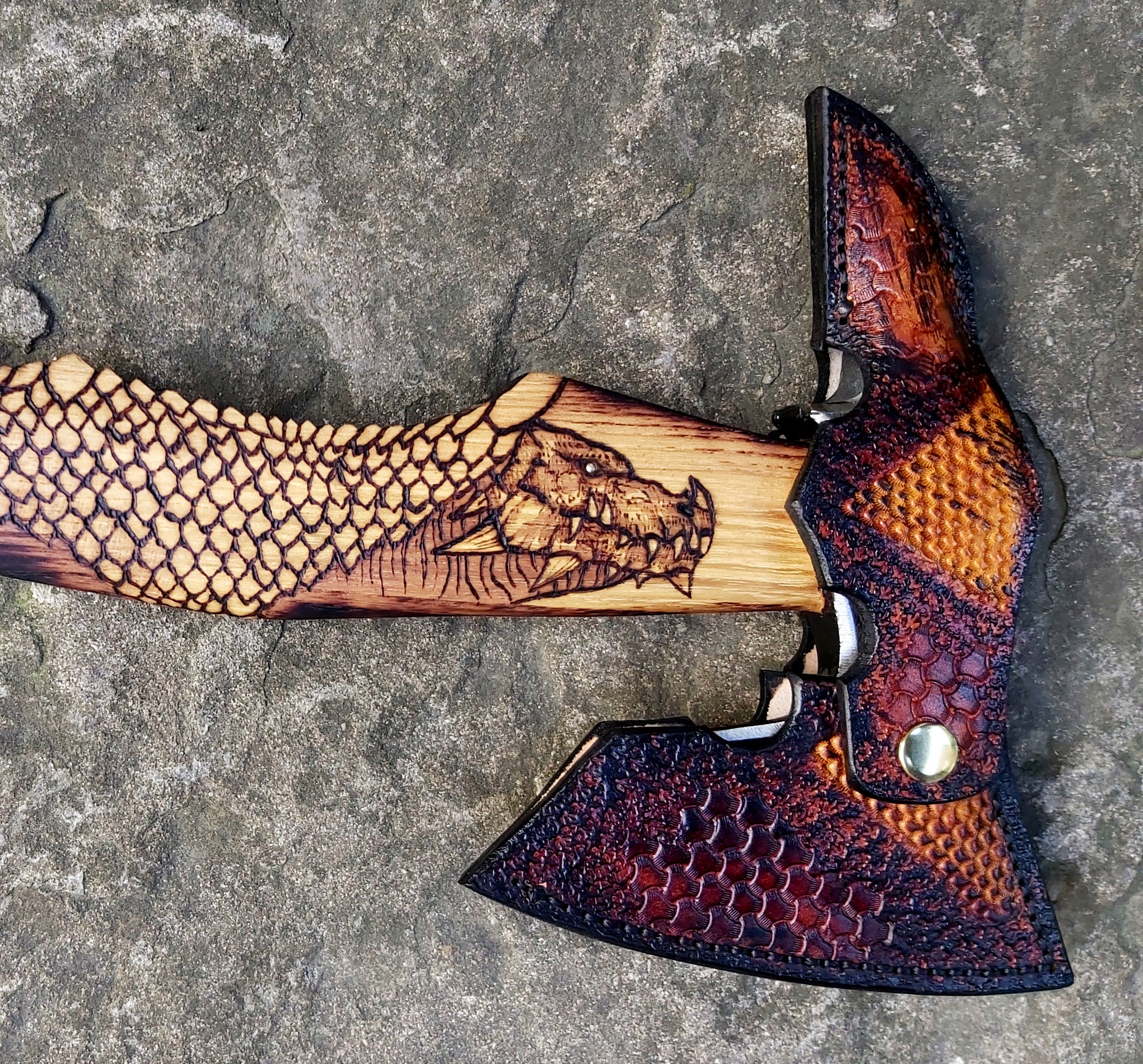

Those of you who have seen the series "Vikings" will know part of the adventures of this Nordic king. Then he decided to change his objectives and sailed on the Seine river to Paris, ravaging the western part of the Franco Empire and receiving an economic rescue to return the city to the grandson of Charlemagne.ĭespite being documented as a real character, the existence of Ragnar Lodbrok has not always been absolutely clear. By the year 845 he became one of the greatest Viking warlords.

He began with incursions thru the Baltic against the dominions of the Semigalians, Curonias and Sambians. Nordic Battleaxe w wb-gameart (not enough ratings) 2 users have favourite this asset (2) 7. Shield and Viking battle cry not included. But its balance and pure burliness boosts it into a contemporary league all its own. Ragnar Lodbrok was a legendary Viking king who reigned in the ninth century, in the territories of the current Sweden and Denmark, and was part of numerous raids, both on the European continent and in the British Isles He is remembered in the Scandinavian tradition for being bloodthirsty, rebellious and having wreaked havoc with the handling of his ax in the territories of present-day England and France. That’s the logic designer and veteran Elmer Roush brings to the Freyr tactical axe. The sight of Vikings handling this type of weapon caused terror. The Norwegian battle axe, also called Norwegian peasant militia axe, Norwegian peasant axe or peasant battle axe (Norwegian: bondeks or bondestridsks ), is a tool and weapon from Norway, which was an important part of the Norwegian national defense in the 1600s. Accompanied by a shield, the Viking axe was an especially devastating resource if the enemy had no cavalry, or they didn’t have a large contingent of archers. The Battle Axe culture, also called Boat Axe culture, is a Chalcolithic culture that flourished in the coastal areas of the south of the Scandinavian Peninsula. Initially, it was used as a tool to build boats, houses or cars, but given its versatility, its use extended to the battlefield. Other axes were designed specifically for war. Without any doubt the battle axe is the most characteristic weapon of the Viking warriors although there were different kinds of axes, the materials were always the same: wood for the handle and iron for the leaf. Everyone owned a wood cutting axe that could be used as a dangerous weapon. Reproduction of an ornamented axe made of metal and wood.


 0 kommentar(er)
0 kommentar(er)
